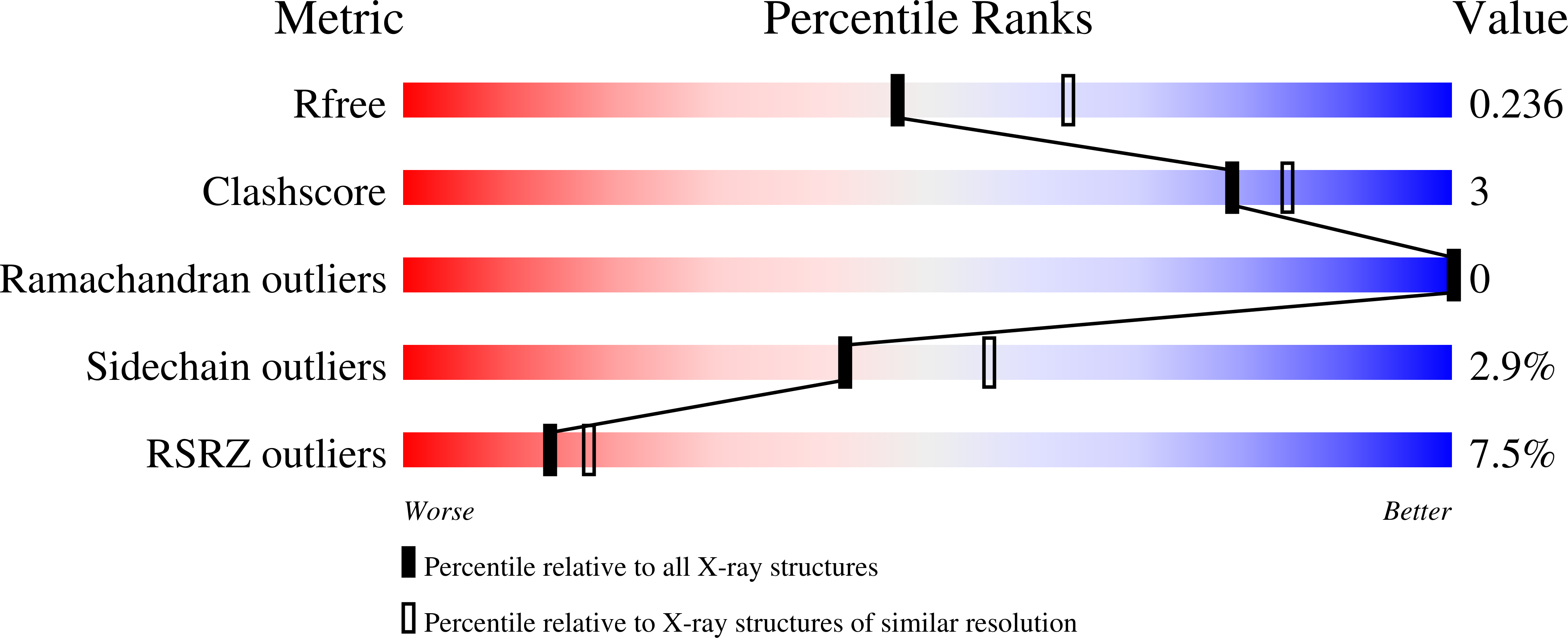
Deposition Date
2020-10-03
Release Date
2021-02-10
Last Version Date
2024-11-06
Method Details:
Experimental Method:
Resolution:
2.27 Å
R-Value Free:
0.23
R-Value Work:
0.18
R-Value Observed:
0.18
Space Group:
I 21 21 21


